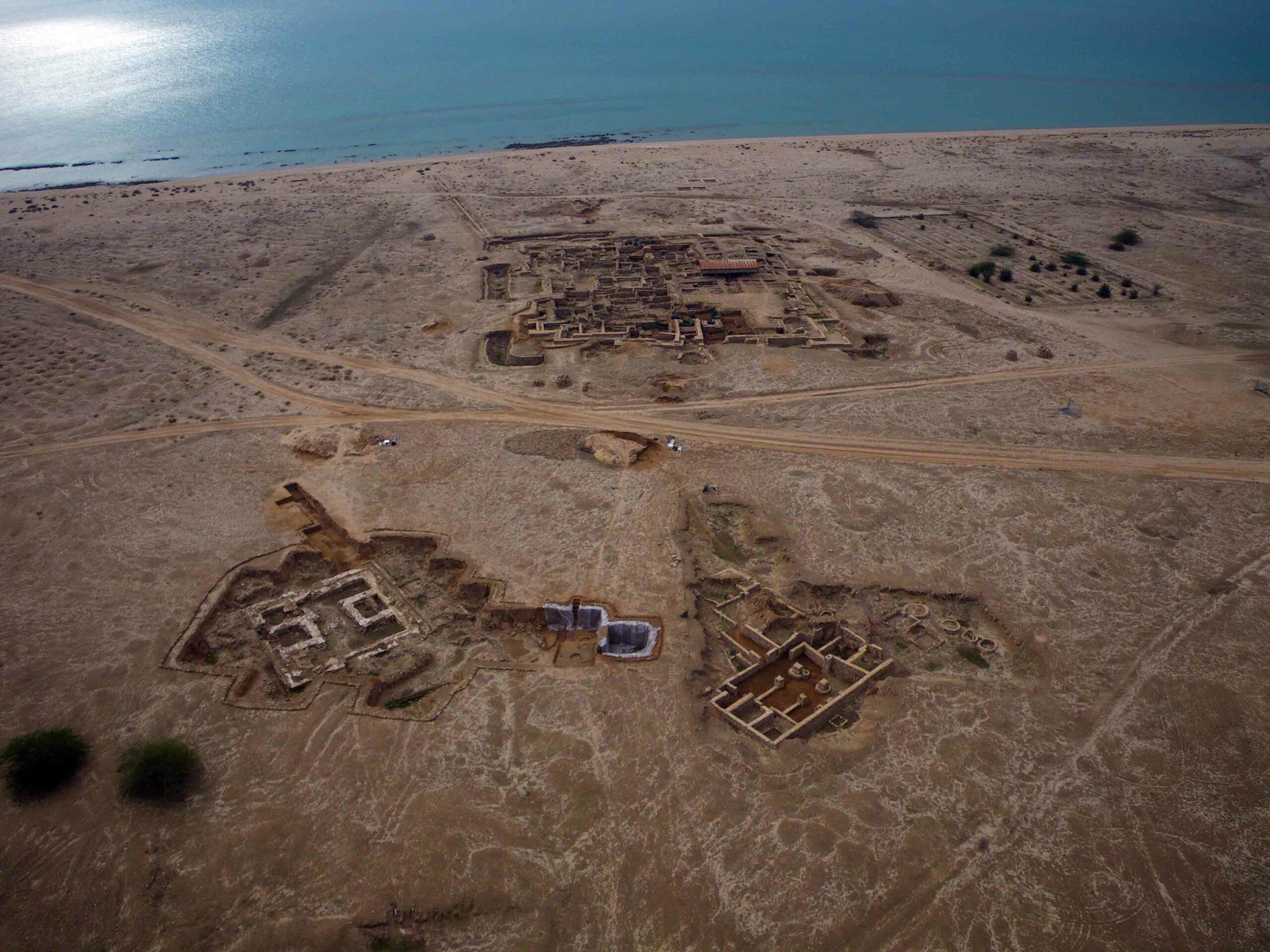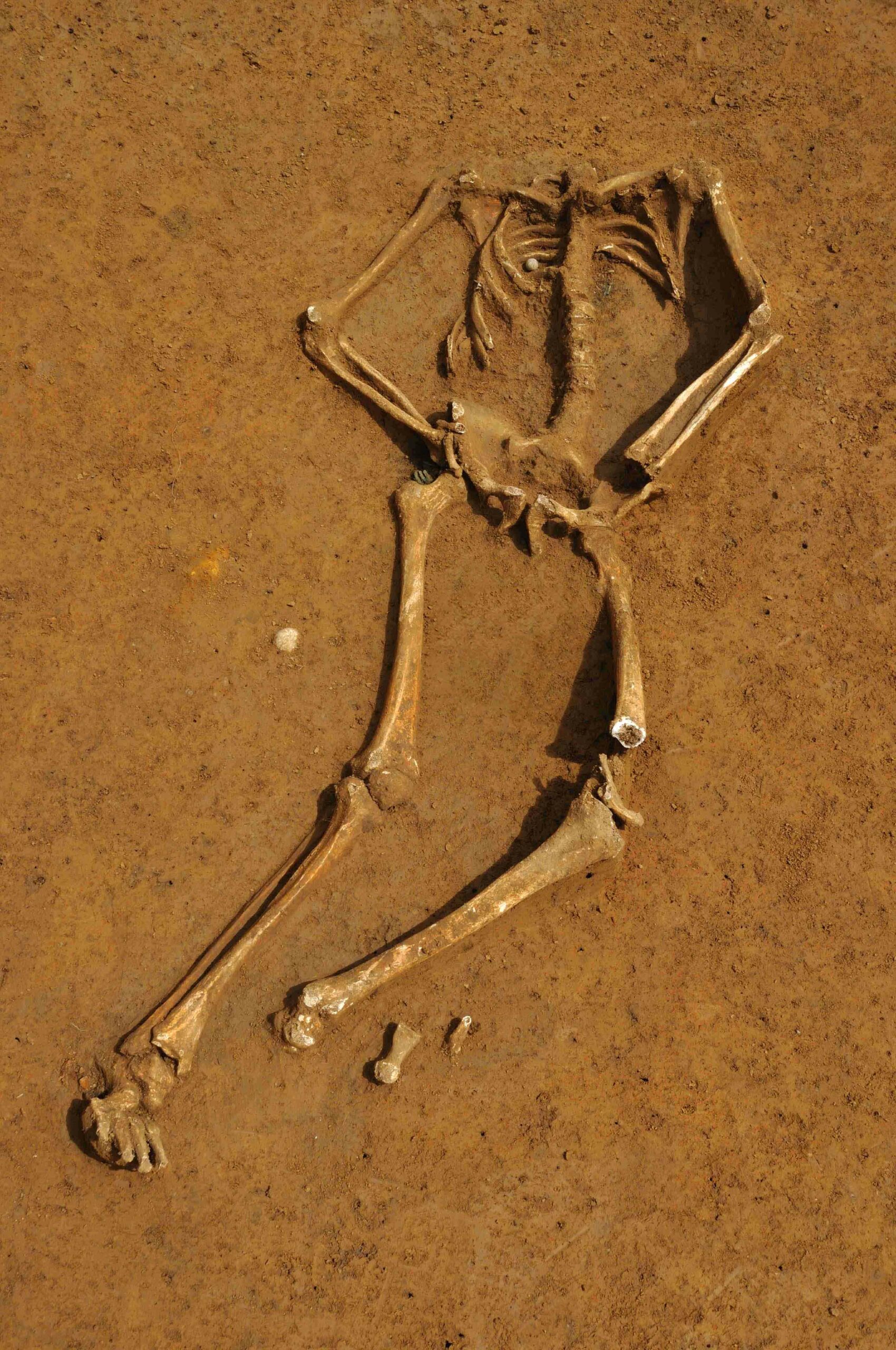
LEICESTER, ENGLAND—The skeleton identified as the remains of King Richard III shows signs of idiopathic adolescent-onset scoliosis, a condition that would have developed when the monarch was about ten years old. Mary Ann Lund of the University of Leicester speculates that he may have been treated for the disease, which was thought to have been caused by an imbalance in the body’s humors. Treatments at the time included ointments, massages, and possibly traction and a back brace made of wood or metal. “Historical accounts describe him as an active fighter in battle, so he was clearly able to do strenuous physical activity. On the other hand, it seems likely that the condition was painful and would have restricted his lung capacity,” she said. No sign of such treatments have been found on the bones, however.










